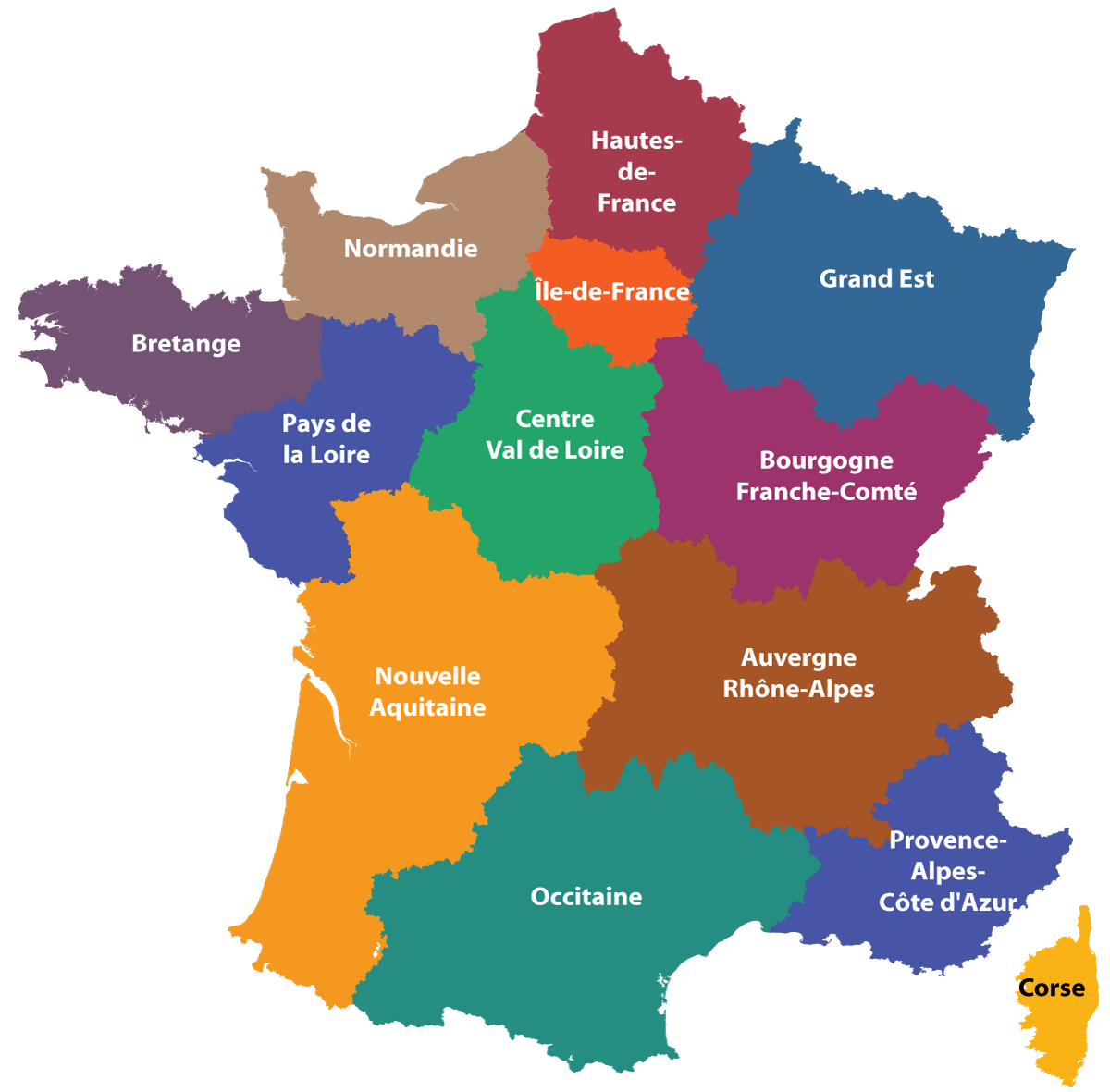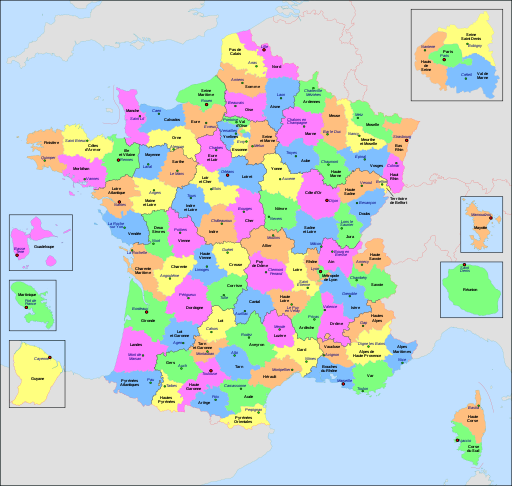Still Time for Cherries!
The fruit showed up late this year: with all the frost and rain we had in the spring, May quickly (and literally) dissolved into June. Then, finally, both sweet and sour varieties began appearing on market stalls everywhere.
How to eat cherries, the French way

Hi! I’m Allison, and I’m an Edutainer working in French food, culture, history, and art. If you’re a gastro-curious traveler or learner, I’m here to show you the A to Z of French food and culture!

CATEGORY
ALL RECIPES
Cocktails & Party Recipes
DESSERTS & SWEETS
MAIN COURSES
OTHER FIRST COURSES
SIDE DISHES
SOUPS & SALADS
In France, cherry season, or le temps des cerises, is traditionally in May. But it’s also the name of a well-known song, which everyone over a certain age can hum when they hear it.
What’s a commune?

The Paris Commune: burning down the palace


Bittersweet experience



Sweet or savory?
Winning combinations like simple fromage blanc or just plain yogurt are popular, too. But how about savory recipes that use cherries? Their not-to-sweet and almost almond-like flavor works well in pâtés, like a duck pâté with pistachios and cherries, or with fatty, roasted meats. Hands down, my favorite savory cherry recipe is for roasted duck breast. Find the recipe below! And happy August.
Pan-Roasted Duck Breast with Cherries
The sweetness in the recipe’s sauce comes from the gastrique, which is essentially a caramel base to which you add liquids like wine (or here, liqueur) and stock. The sauce complements the duck breast to create a mouth-watering French sweet and savory dish.
– 1 tablespoon olive oil
– 2 duck breasts
for the gastrique sauce:
– 2 tablespoons (25 g) sugar
– 1 tablespoon + 2 teaspoons (25 g) red wine vinegar
– 2 tablespoons (30 ml) cherry kirsch or other red-fruit liqueur
– 2 cups (475 ml) duck or chicken stock
– scant 1½ cups (320 g) fresh pitted cherries, or 1¼ cups (190 g) frozen cherries, thawed
– fine sea salt and pepper, as needed
– 1-2 tablespoons (15-30 g) butter (optional)

- Prepare the duck breasts by trimming away extra fat, pin feathers, and silverskin. Slash the fat on the top in a criss-cross pattern, using a sharp knife, taking care not to cut into the meat itself.
- Preheat the oven to 430°F (220°C). Make the gastrique base by combining the sugar and vinegar in a small saucepan. Bring to the boil over medium heat, swirling the mixture, and then lower the heat. Watch it carefully once you smell a caramel-y odor. Once the mixture becomes quite thick, add the kirsch or liqueur. Stir well with a whisk until you have a smooth mixture. Remove from heat.
- In a sautoir or any oven-resistant saucepan, heat the olive oil on the stovetop over medium-high heat. Brown the duck breast, skin side down, for 3-4 minutes – the skin should look brown and crispy. Turn it over, then immediately put it into the oven. Roast for 10-12 minutes.
- Remove the duck from the oven. Transfer the breast to a warm plate, and cover tightly with aluminum foil. Degrease the sautoir or saucepan using a spoon, leaving the meat juices, and place the pan back on the stovetop on medium heat. Deglaze with (add) the stock, bringing to the boil and scraping up the brown bits on the bottom. Add the gastrique base to this sauce.
- If using fresh cherries, add half of them now to the sauce. If using frozen cherries, strain them, discarding the juice, and add half of them to the sauce as it boils down. Continue to boil for about 5-8 minutes.
- When the sauce starts to thicken, taste and adjust the seasoning, adding salt and pepper as necessary. Add the rest of the cherries and continue to reduce until the sauce is syrupy.
- Slice the duck into ½-inch slices (12 mm). If there are any juices left underneath, add them to the sauce.
- Remove the sauce from the heat. If you like, whisk a bit of butter into the sauce, taste, and serve over the duck breasts. Voilà!
makes 4 servings

